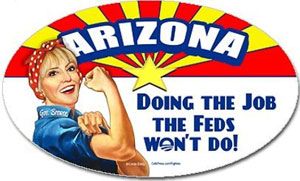By Salena Zito
Pittsburgh Tribune-Review
Sunday, December 6, 2009
Franklin D. Roosevelt understood what it meant to be a core Democrat and to maintain his party’s ranks.
He built winning coalitions around his policies by empowering previously suppressed groups, such as labor unions and urban ethnics. In the process, he created a 40-year dynasty for Democrats.
Today’s bunch? Not so much.
The problem for FDR’s party is that it hasn’t adapted swiftly enough to two realities — that jobs are the most important issue to the nation, and that the middle class (which Democrats claim to champion) is dissolving under its watch.
It seemed that Democrats might be starting to understand when President Barack Obama kicked off what is supposed to be a series of “Main Street” listening tours last week in Allentown in eastern Pennsylvania.
Thirteen months after Democrats took over the entire federal government, fewer Americans identify themselves as members of their party, bucking a trend that began in 2004. A new poll by Rasmussen reports that the number of Americans calling themselves Democrats fell by almost 2 points, to 36 percent, last month alone.
Identification with the Republican Party is lower than that with Democrats at 33.1 percent, an increase from 31.9 percent the previous month.
But here’s the kicker: The number of people who say they are not affiliated with either party is rising.
The article continues here.







